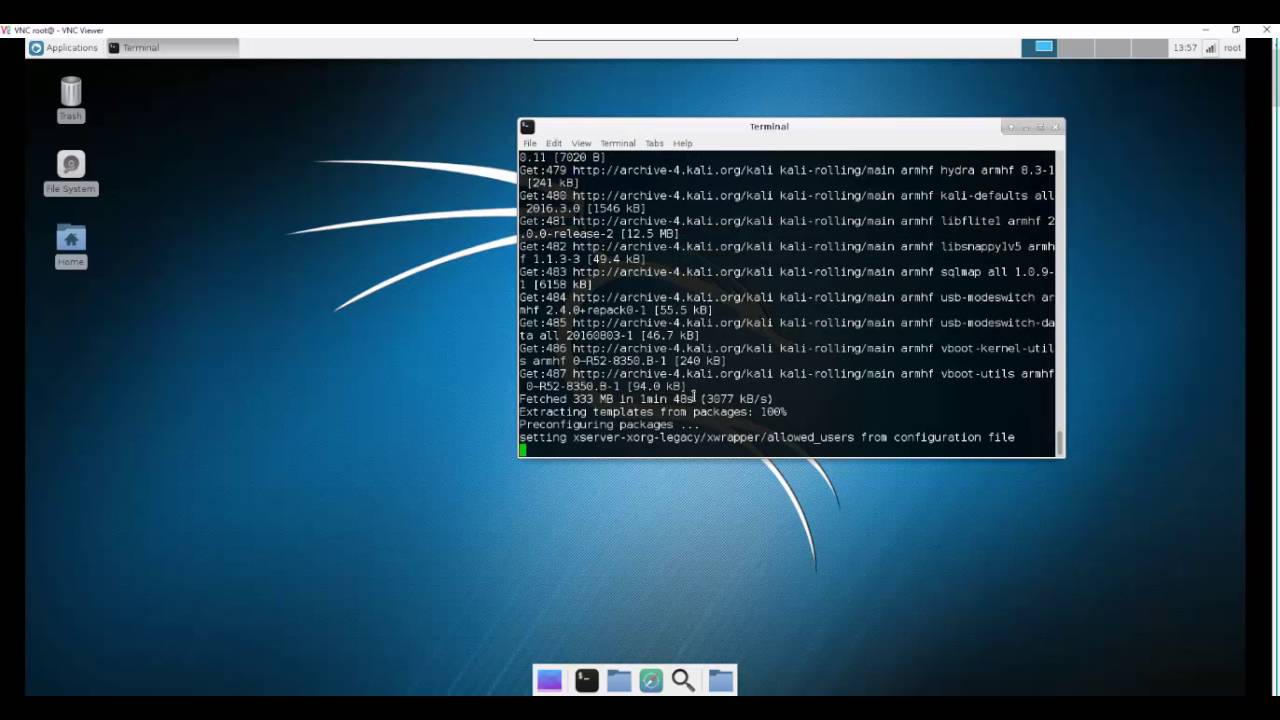
 There are other smaller differences compared to bare metal Linux and more differences are expected to arise in the future as the inner loop development workflow is prioritized. This setup is different than a traditional Linux set up. GPU access in WSL happens through a /dev/dxg device, which routes GPU calls out to the Windows GPU. The Linux kernel used by WSL is updated automatically.
There are other smaller differences compared to bare metal Linux and more differences are expected to arise in the future as the inner loop development workflow is prioritized. This setup is different than a traditional Linux set up. GPU access in WSL happens through a /dev/dxg device, which routes GPU calls out to the Windows GPU. The Linux kernel used by WSL is updated automatically.  WSL can run Windows executables from Linux, which could also lead to a different environment than a traditional Linux VM. Windows paths are appended to your path by default, which could cause unexpected behavior for certain Linux applications compared to a traditional Linux environment. WSL automatically gives file access to Windows files. The lifetime of the VM, the registered WSL distributions, etc., are all accessible by the user and can be modified by the user. WSL users have full access to their Linux instances. This means if you are using it as a web server, SSH into it to run your server and then exit, the VM could shut down because it is detecting that users are finished using it and will clean up its resources. If you have no open file handles to Windows processes, the WSL VM will automatically be shut down. WSL has a lightweight utility VM that starts, stops and manages resources automatically. The main differences between WSL and a traditional production environment are: Our goal is to make clear how WSL differs from a regular VM environment, so you can make the decision on whether it fits your business needs. There are design features in WSL that make it great for this purpose but may make it challenging for production-related scenarios compared to other products.
WSL can run Windows executables from Linux, which could also lead to a different environment than a traditional Linux VM. Windows paths are appended to your path by default, which could cause unexpected behavior for certain Linux applications compared to a traditional Linux environment. WSL automatically gives file access to Windows files. The lifetime of the VM, the registered WSL distributions, etc., are all accessible by the user and can be modified by the user. WSL users have full access to their Linux instances. This means if you are using it as a web server, SSH into it to run your server and then exit, the VM could shut down because it is detecting that users are finished using it and will clean up its resources. If you have no open file handles to Windows processes, the WSL VM will automatically be shut down. WSL has a lightweight utility VM that starts, stops and manages resources automatically. The main differences between WSL and a traditional production environment are: Our goal is to make clear how WSL differs from a regular VM environment, so you can make the decision on whether it fits your business needs. There are design features in WSL that make it great for this purpose but may make it challenging for production-related scenarios compared to other products. 
WSL has been designed and built to use with inner loop development workflows.










